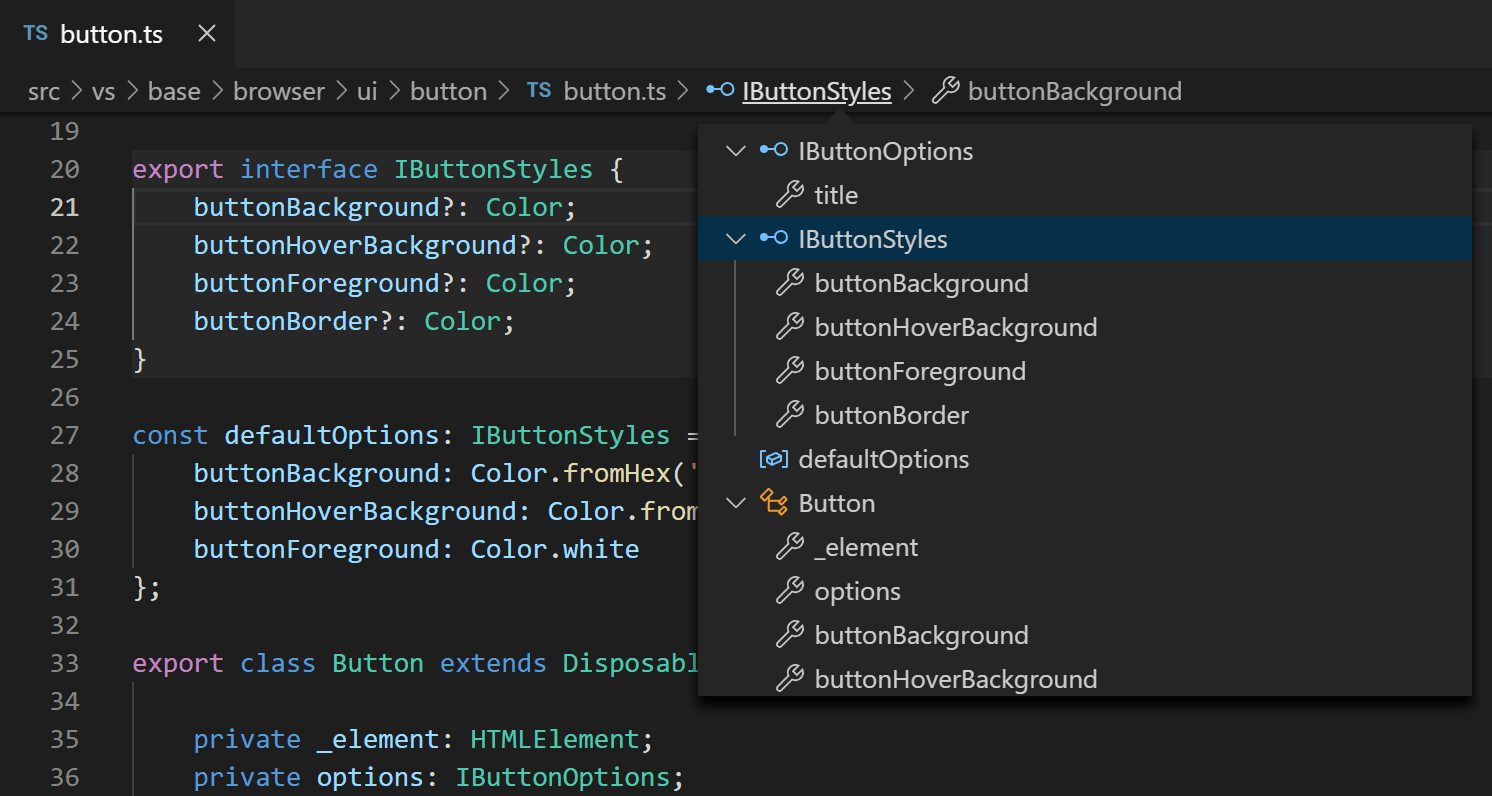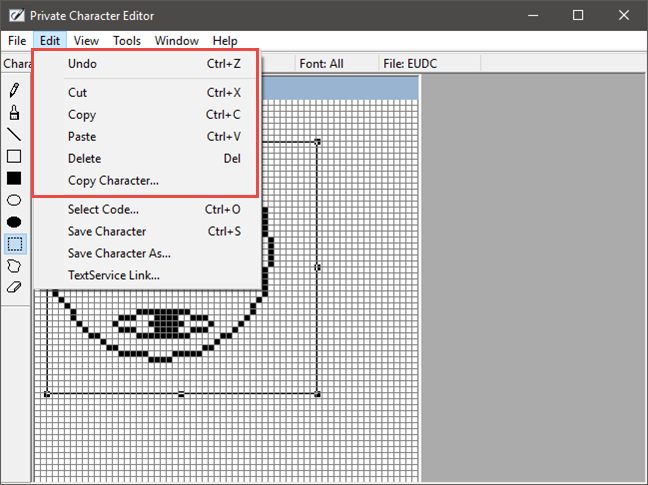

- WINDOWS PRIVATE CHARACTER EDITOR DIRECTORY CODE
- WINDOWS PRIVATE CHARACTER EDITOR DIRECTORY PROFESSIONAL
- WINDOWS PRIVATE CHARACTER EDITOR DIRECTORY WINDOWS
Click the Font list arrow, and then click a font.Click the Start button, point to All Programs, click Accessories, click System Tools, and then click Character Map.The characters that are available for each of the fonts on your computer. This command instructs a printer to go to the top of the next page.When you need to insert special characters such as ©, ™, or ® thatĭon't appear on your keyboard, you can use a special accessory programĬalled Character Map to do the job. For example, 12 represents the form feed/new page function. Top of Page ASCII nonprinting control charactersĪSCII table numbers 0–31 are assigned for control characters used to control some peripheral devices such as printers. For a complete list of the ligatures and their character codes, see the Character Map. Top of Page Character codes for ligature charactersįor more information about typographic ligatures, see Typographic ligature. Top of Page Common diacritical character codesįor a complete list of the glyphs and their character codes, see the Character Map.
WINDOWS PRIVATE CHARACTER EDITOR DIRECTORY CODE
Top of Page Common symbol character codesįor more character symbols, see the Character Map installed on your computer, ASCII character codes, or Unicode character code charts by script. To select a character, click the character, click Select, click the right mouse button in your document where you want the character, and then click Paste. Click the fonts list to choose a set of characters.
WINDOWS PRIVATE CHARACTER EDITOR DIRECTORY WINDOWS
In Windows 7: Click Start, point to All Programs, point to Accessories, point to System Tools, and then click Character Map.Ĭharacters are grouped by font. In Windows 8: Search for the word "character" on the Start screen and choose Character Map from the results. In Windows 10: Type "character" in the search box on the task bar, and choose Character Map from the results. Using Character Map, you can copy individual characters or a group of characters to the Clipboard and paste them into any program that can display them. For example, typing "1U+B5" and pressing ALT+X will always return the text "1µ", while typing "1B5" and pressing ALT+X will return the text "Ƶ".Ĭharacter Map is a program built into Microsoft Windows that enables you to view the characters that are available in a selected font.

If ALT+X converts the wrong character code into Unicode, select the correct character code before pressing ALT+X.Īlternatively, precede the correct character code with the text "U+". For more Unicode character codes, see Unicode character code charts by script. For example, to type a dollar symbol ($), type 0024, press ALT, and then press X. To insert a Unicode character, type the character code, press ALT, and then press X. Make sure that the NUM LOCK key is on if your keyboard requires it to type numbers on the numeric keypad. You must use the numeric keypad to type the numbers, and not the keyboard. For example, to insert the degree (º) symbol, press and hold down ALT while typing 0176 on the numeric keypad. To insert an ASCII character, press and hold down ALT while typing the character code. If you have trouble entering the characters codes for the characters that you want, try using the Character Map. As such, there are ASCII and Unicode variations to encompass regional characters and symbols, see Unicode character code charts by script. Many languages contain symbols that could not be condensed into the 256-characters Extended ACSII set.

See the tables below, or see Keyboard shortcuts for international characters for a list of ASCII characters. If you only have to enter a few special characters or symbols, you can use the Character Map or type keyboard shortcuts. Insert an ASCII or Unicode character into a document For Unicode characters for non-Latin-based scripts, see Unicode character code charts by script. Below are lists of frequently used ASCII and Unicode Latin-based characters. LessĪSCII and Unicode character encoding enables computers to store and exchange data with other computers and programs.
WINDOWS PRIVATE CHARACTER EDITOR DIRECTORY PROFESSIONAL
Excel for Microsoft 365 Outlook for Microsoft 365 PowerPoint for Microsoft 365 Publisher for Microsoft 365 Excel 2021 Outlook 2021 PowerPoint 2021 Publisher 2021 Visio Professional 2021 Visio Standard 2021 OneNote 2021 Excel 2019 Outlook 2019 PowerPoint 2019 Publisher 2019 Visio Professional 2019 Visio Standard 2019 Excel 2016 Outlook 2016 PowerPoint 2016 Publisher 2016 Visio Professional 2016 Visio Standard 2016 OneNote 2016 Excel 2013 Outlook 2013 PowerPoint 2013 OneNote 2013 Publisher 2013 Visio 2013 Excel 2010 Outlook 2010 PowerPoint 2010 OneNote 2010 Publisher 2010 Visio 2010 Visio Standard 2010 More.


 0 kommentar(er)
0 kommentar(er)
